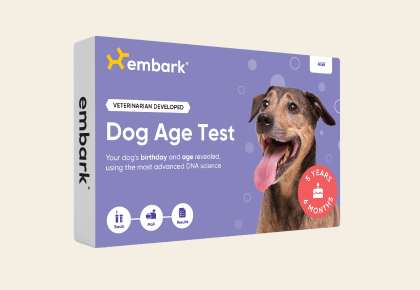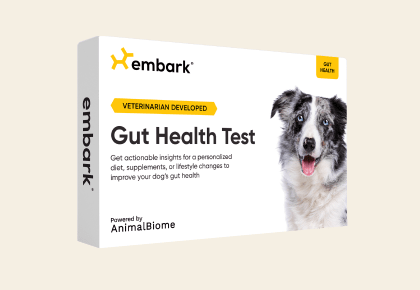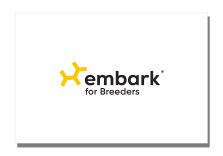Junctional Epidermolysis Bullosa
Junctional Epidermolysis Bullosa (JEB) is a hereditary blistering disease of the skin and mucous membranes, characterized by the spontaneous development of vesicles, erosions, and ulcers upon minimal trauma to the skin.
-
Signs and symptoms
Affected dogs have skin and mucosal fragility resulting in blisters, deep erosions, and ulcers. Ulcers may occur in/on the mouth, lips, tongue, soft palate, throat, ears, digits, foot pads, elbows, ankles, knees, abdomen, groin, vulva/labia, penis/prepuce, and anus. The ulcers may ooze or be covered by crusts that can be bloody. Nails may be missing or misshapen. Affected dogs also have tooth enamel defects. Puppies may be underweight and display frequent choking while eating and drinking.
Clinical signs begin at or soon after birth. -
Diagnosis
Genetic testing, skin biopsy, and clinical signs can be used in conjunction with one another to diagnose Junctional Epidermolysis Bullosa. Clinical signs alone cannot reliably allow a veterinarian to differentiate between the three main subtypes of epidermolysis bullosa. For a more precise diagnosis, a microscopic evaluation of the tissue may be required.
-
Treatment
Frank discussions about the quality of life are likely warranted. Owners typically request euthanasia by a few months of age due to the severity of the disease.
-
What to do if your dog is at risk
Actions
- Talk to your vet about your dog’s JEB result so you can plan how best to support them at home.
- Handle your dog gently and keep their environment soft and padded by using fleece blankets or foam padding, non-slip mats, and avoiding rough surfaces or sharp edges to reduce trauma to fragile skin.
- Watch for wounds or ulcerations on the skin or mucous membranes. Seek veterinary care quickly if you notice deep sores, bleeding, or signs of infection, and follow the vet’s advice for pain management and antibiotics.
- As JEB can be severe in some dogs, working closely with your vet to monitor your dog’s comfort and mobility is key.
-
Genetic Information
This variant was first identified in the Australian Cattle Dog.
JEB is inherited in an autosomal recessive manner, meaning a dog must have two copies of the variant to be affected by it.
Gene names:
LAMA3 Exon 66 ‐ chr
Inheritance type:
recessive
Citations:
-
Breeds affected
This health condition affects the following breeds
Learn about your dog’s unique genetic health
Dog owners
Breed identification, health and trait insights, personalized care recommendations, and the world’s first canine relative finder—all in one leading dog DNA test.
Learn about the report for dog ownersShop the test
Breeding programs
Embark’s test for breeding programs is one comprehensive DNA test designed with your needs in mind.
Learn about the report for breedersShop the test













